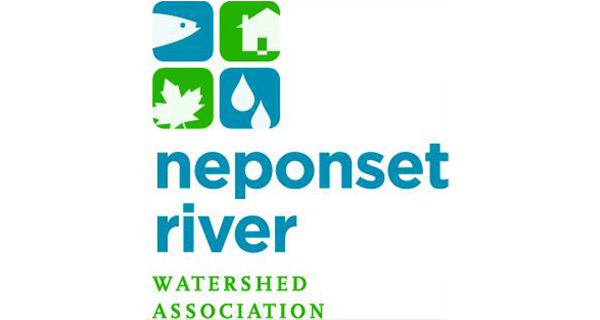By Amelia Tarallo
Hometown Weekly Staff
Each year, tons of trash and other forms of pollution end up in our local waterways. For years, the problem went largely ignored, until recently when different groups have strived to clean up the thousands of bodies of water throughout the country.
At ten o’clock on Wednesday, June 12, Walpole residents visited the Walpole Co-Operative Bank South Street Center to see a presentation about their local Neponset watershed and the ongoing efforts to clean it up. Though it was considered an informal event, the presentation attracted so many people that some were left standing outside the room, waiting to learn about Walpole’s local water sources and the unique habitats they support.
Neponset River Watershed Association Executive Director Ian Cooke began the presentation by explaining that the river begins in Foxborough and flows all the way to Dorchester near the Rainbow Swash gas tank.
Cooke explained to his audience that Walpole has at least two habitats that are dependent on the state of the Neponset River and watershed. The first of these habitats is the Great Cedar Swamp, located near the Foxborough-Walpole town line. Cedar swamps have become a rarity in the United States due to urbanization. The other habitat is found at Traphole Brook, located near Route 95 and Route 1. There, visitors can fish for trout; there is a larger population in the brook than anywhere else in the Neponset. These fish depend on cold waters, making it crucial to ensure that pollution that may warm the water is removed. That means paying attention to what ends up in our storm drains, which often flows back into rivers, untreated.
Another problem that needs to be addressed is the excessive nutrient accumulation that occurs in the Neponset as a result of run-off from paved roads.
After learning about the valued habitats and the threats they face, Cooke told his audience the different ways they can help the Neponset.
One solution is to construction a rain garden. A rain garden is designed to help collect some of the debris and runoff, preventing it from reaching local waterways. The polluted water is filtered out by the plants, before it becomes a problem.
Another solution is to ensure that the water supply people take from the river and watershed does not outweigh what is being replenished each year. To do this, Cooke suggested encouraging the community to use efficient irrigation and watering systems. For example, he suggested not watering lawns during the day when most of the water evaporates before it even reaches the ground.
Perhaps the easiest method of helping the Neponset is by participating in a local cleanup. The most recent cleanup held for the Neponset resulted in the removal of over 40 tons of trash. Even just picking up trash you see in the street can prevent it from making its way into waterways.
“Keeping the river clean keeps our drinking water clean,” said Cooke, reminding everyone that they could feel the effects if the Neponset continues to be damaged by pollutants.
But just by taking a few simple steps, the community can ensure the safety, the cleanliness, and the preservation of its precious watershed.





















